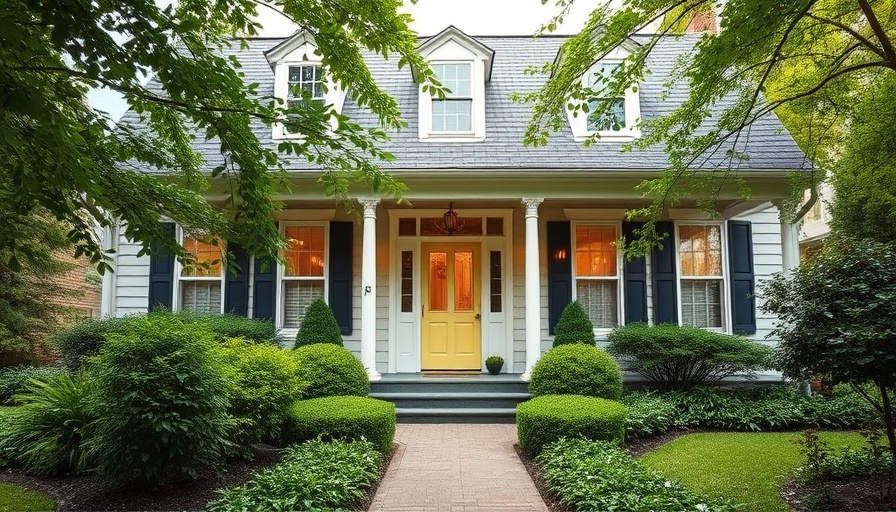
Understanding the Importance of Home Inspections
For anyone navigating the turbulent waters of the real estate market, especially in a city like Metro Vancouver where space comes at a premium, understanding what to look for during a home inspection is crucial. A trained eye can help identify potential pitfalls that could lead to costly repairs down the road. Whether you're a first-time buyer or looking to upgrade your residence, being armed with knowledge about common issues can save you time and money.
Key Areas to Inspect Before You Buy
When it comes to home inspections, there are several critical areas that you should scrutinize. According to real estate experts, the following are the main categories to consider:
- Plumbing: Make sure to check for leaks, water pressure, and the condition of pipes, especially if you're looking to transform your home with an edible garden that requires reliable watering systems.
- Electrical Systems: Verify that the wiring meets current codes and that the panel is adequate for your future needs, especially if you plan on adding high-tech gardening tools.
- Roof and Siding: These can be expensive to replace. Look for signs of wear, mold, or decay, as these can affect not only your comfort but also your home’s value.
Potential Pitfalls in Backyard Transformations
As many homeowners in Metro Vancouver are aware, outdoor spaces can make or break a home’s appeal. Inspections should also include a close look at the yard.
- Drainage Issues: Proper drainage is essential, especially for landscaping projects which involve soil and water retention. Look for signs of ponding or erosion.
- Foundation Cracks: Small cracks might seem insignificant but could signal larger issues. If investing in a garden project, it’s important to ensure the home remains structurally sound.
- Landscaping and Trees: Overhanging branches can lead to roof damage or create drainage problems, while improper landscaping can affect utility lines and septic systems.
Why It Matters for Metro Vancouver Residents
With high property values and limited space in Metro Vancouver, every detail counts. A comprehensive home inspection can reveal tiny flaws that, if ignored, might escalate into major repairs. You don’t want to find out years down the line that your dream backyard has structural issues or invasive tree roots disrupting your vegetable patch.
Making Informative Decisions for Your Home’s Value
Decisions made during the home buying process can impact your home’s value in the long run. Properly evaluating not just the home itself, but also the surrounding space with an eye towards future use—such as potential garden transformations—can enhance your living experience.
In conclusion, understanding what to look for in a home inspection is vital for making smart real estate choices, especially in a complex market like Vancouver. Don’t be shy to consult with professionals and ask questions during your home tour. The insights gained can empower you to create a space that truly reflects your needs and aspirations.
 Add Row
Add Row  Add
Add 




Write A Comment